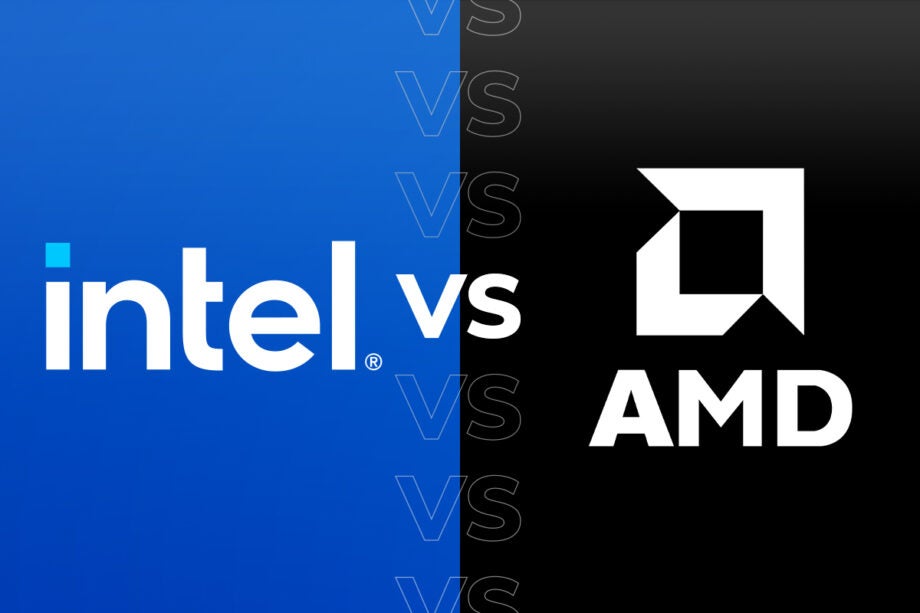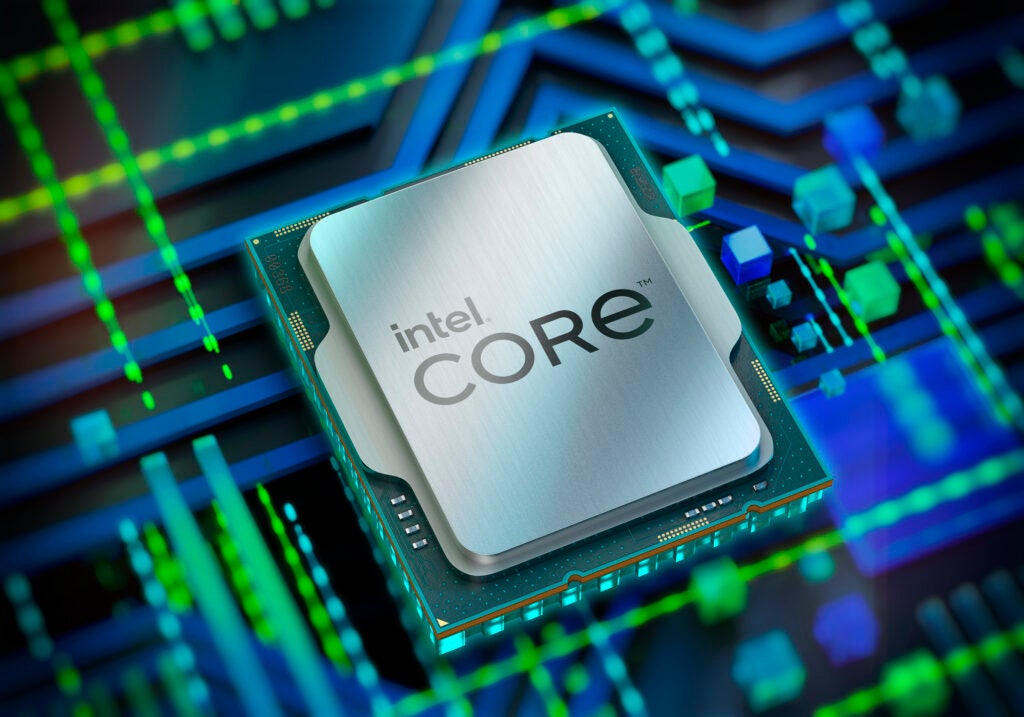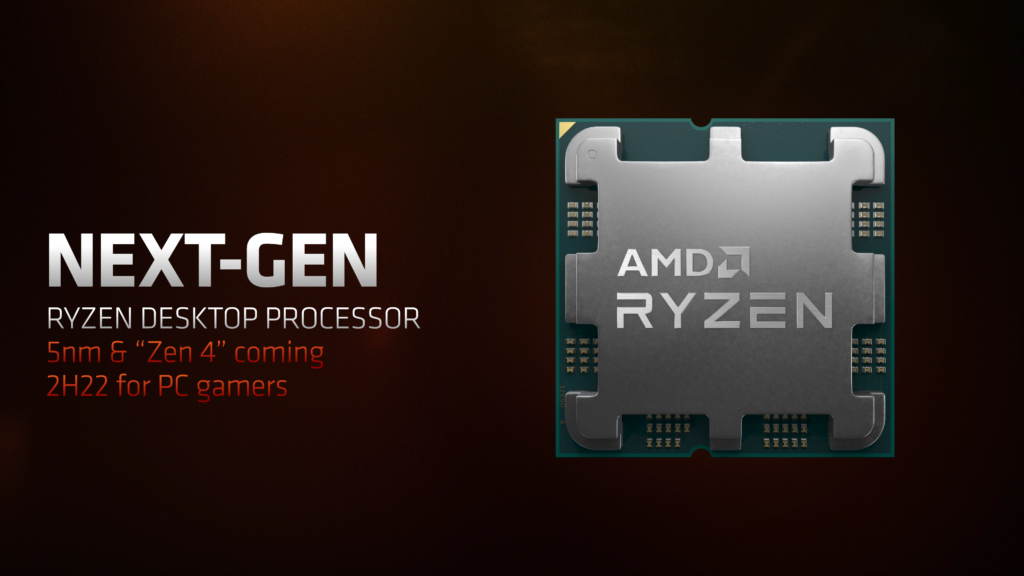Intel Raptor Lake vs AMD Ryzen 7000: Which is better?

It’s a big year for desktop processors, as both the Intel Raptor Lake and AMD Ryzen 7000 ranges are expected to launch in the coming months.
But how do these two processor ranges compare, and which will be the best option for you? We don’t have all of the answers right now, as we haven’t had the chance to test them just yet. But with plenty of rumours doing the rounds, we can at least make some educated guesses.
So here’s everything you need to know about the upcoming Intel Raptor Lake and AMD Ryzen 7000 desktop processors, including the specs that they share, as well as key differences.
AMD will use a smaller process node
AMD has already confirmed that Ryzen 7000 processors will use TSMC’s 5nm node for the new Zen 4 architecture, which looks to be a big improvement on the 7nm node with the existing Zen 3.
It’s generally better for a process node to be smaller, as it allows chip manufacturers to squeeze on more transistors to boost the performance. This seemingly gives AMD the advantage, as Intel’s Raptor Lake will be using a 10nm Enhanced SuperFin.
However, Intel has stressed that the size of a process node is no longer the biggest indicator of a processor’s performance. The move to a hybrid architecture has backed up Intel’s claim, with the recently launched Alder Lake chips boasting a fantastic performance despite also using a 10nm architecture.
Intel could see faster clock speeds
During Computex 2022, AMD revealed that one of its upcoming Ryzen 7000 chips will be capable of hitting a 5.5GHz frequency. That’s a remarkable achievement, especially considering AMD has never before surpassed 5GHz with its consumer desktop processors.
However, if rumours are accurate, Intel may retain the lead in this area. Renowned leaker @OneRaichu claims that one Raptor Lake chip will be around 2-300 MHz higher clocks than the Intel Core i9-12900KS, which is capable of a maximum boosted clock speed of 5.5GHz.
Having high frequency speeds is very important for workloads such as gaming, so it may well turn out that Intel remains the leader for gaming performance. But it’s too early to be sure right now, since we’re basing this off unverified rumours.

Raptor Lake will feature more cores
AMD has usually led the pack when it comes to multi-core performance, but it looks like this could change in the upcoming generation. AMD has confirmed that Ryzen 7000 will top out at 16 cores – that’s no shock, being the max core count in the current Ryzen 5000 range too.
But while Intel has struggled to match the core count of AMD’s processors in previous years, it looks like it will be leapfrogging its rival this generation, since the company has already unveiled its own CPU with a whopping 24 cores and 32 threads.
There is one big caveat here though, as not all of Intel’s cores are made equal. Those 24 cores are made up of 8 performance cores and 16 efficient cores. So by simply looking at the core counts, it’s not clear which processor range will actually boast the superior multi-core performance – you’ll have to wait until we’re able to benchmark them to find out.
Both support DDR5 RAM
One of the big selling points of Intel Alder Lake was that it was one of the very first desktop processors to support DDR5 memory. Intel won’t have this advantage for the next generation, as AMD has confirmed that Ryzen 7000 chips will also be compatible.
Having access to DDR5 will raise the performance ceiling of your PC. The preceding DDR4 memory is only capable of having up to 16GB of memory capacity chip. The new DDR5 standard raises that maximum capacity up to 64GB which is a huge improvement.
So with both companies now supporting DDR5, this no longer needs to be a consideration when choosing between the next-gen desktop processors.

Ryzen 7000 could be more power efficient
With energy bills alarming at an alarming rate, the power consumption of a desktop processor will likely be subject to increased scrutiny. In that case, AMD may well have the bragging rights, as rumours indicate its desktop chips could be slightly more power efficient.
Wccftech reports that the TDP (thermal design power) for the Ryzen 7000 desktop chips will range between 105W and 120W. As for Intel, Igor’s Lab claims the Raptor Lake TDP could climb as high as 125W. If accurate, this means that the most powerful AMD chip in the range will consume less power than the flagship Intel processor.
Of course, this doesn’t factor in all of the other processors in each range, so who knows which company will have the edge when it comes to more affordable options such as the Intel Core i5 and Ryzen 5 processors.








